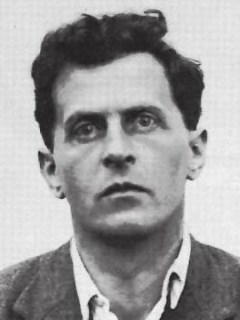
Publication details
Publisher: Springer
Place: Berlin
Year: 2015
Pages: 123-148
Series: Biosemiotics
ISBN (Hardback): 9783319206622
Full citation:
, "Verbal patterns", in: Biosemiotic perspectives on language and linguistics, Berlin, Springer, 2015


Verbal patterns
taming cognitive biology
pp. 123-148
in: Ekaterina Velmezova, Kalevi Kull, Stephen J. Cowley (eds), Biosemiotic perspectives on language and linguistics, Berlin, Springer, 2015Abstract
Linguists classically focus on phenomenologically salient units or verbal patterns. In biolinguistics, these are "explained" by positing a brain that grows a system that identifies/generates linguistic forms (a "language faculty"). The paper offers an alternative: individuals become skilled in linguistic action by using cultural resources to extend their embodiment. Language and languages are heterogeneous and distributed. Although the verbal is salient, its basis lies in coordinated biosemiotic activity. In illustrating this perspective, the paper builds on two case studies of real-time events. These show that people link fine inter-bodily coordination with skills in orienting to utterances as types – they use cultural patterns to constrain biosemiosis. As people become strategic actors, they rely on embodiment (and, of course, brains) to develop skills based on taking a language stance. By imaginatively separating language from activity, they both tame biosemiotic powers and transform the brain's functional organisation. There is no need for language genes, neural spandrels or undiscovered physical principles. Wittgenstein's view that language connects living human bodies within forms of life can thus be extended by means of empirical and observational work.
Cited authors
Publication details
Publisher: Springer
Place: Berlin
Year: 2015
Pages: 123-148
Series: Biosemiotics
ISBN (Hardback): 9783319206622
Full citation:
, "Verbal patterns", in: Biosemiotic perspectives on language and linguistics, Berlin, Springer, 2015


